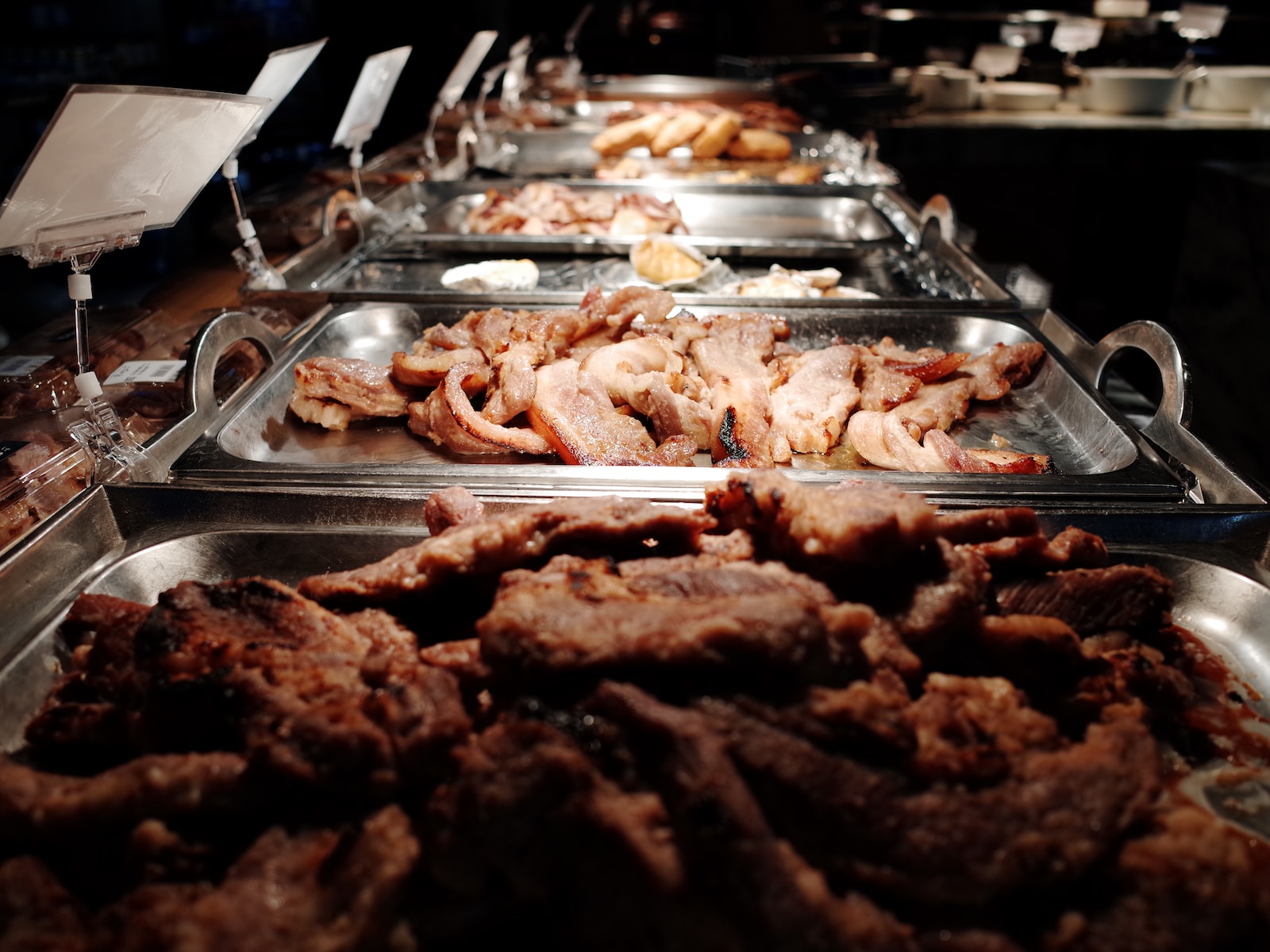
Why Does Some Marijuana Trigger Cravings?
The Munchies are part of the classic hippie and stoner scene. Memes, jokes, and plenty of fast-food wrappers can attest to its place in culture. Jack in the Box has helped along with commercials, a stoner guy, a Box 420 special and this year a Pineapple Express food truck. But not all cannabis strains are the same and not all make you hungry. Why does some marijuana cause cravings?
Cravings are defined as intense hunger, particularly for sweet and savory treats, after consuming cannabis. Some consider cravings an undesirable side effect, while others use cannabis, particularly medical marijuana, with the aim of stimulating their appetite.
Photo by Kristina Paukshtite via Pexels
There can be mixed results when it comes to whether cannabis reduces stress or improves sleep, but cannabis reliably stimulates appetite in animals with an endocannabinoid system. Cannabis has been used as an appetite stimulant for thousands of years. The earliest mention of the use of cannabis to treat loss of appetite dates back to 300 AD in India and this tradition continues in modern folk medicine across Asia. For example, in Thailand, cannabis is commonly used to stimulate the appetite of sick people and help them sleep.
RELATED: Using Marijuana for Exercise—All Part of a Healthy Cannabis Life
Not all marijuana increases appetite. Cannabinoids activate the receptors that affect your appetite. Tetrahydrocannabinol (THC) is the main cannabinoid known to increase appetite. Some varieties reduced hunger. The best cannabis strains for appetite suppression are those that are low to moderate in THC and high in CBD and THCV.
But THC is just one of more than 100 active chemicals found in cannabis. Animal studies show that another cannabinoid called cannabigerol (CBG) can also stimulate appetite. This cannabinoid does not have the same intoxicating effects as THC. As such, it is of interest to researchers looking for a way to stimulate appetite without the high associated with THC.
 Photo by dolvita108 via Pixabay
Photo by dolvita108 via Pixabay
In one study, worms exposed to a cannabinoid show even more interest in the type of food they would already prefer, a new University of Oregon study shows. The effect is similar to craving potato chips and ice cream after a few hits of marijuana, a phenomenon scientifically known as “hedonic feeding” but colloquially referred to as “munchies.”
The study, led by College of Arts and Sciences neuroscientist Shawn Lockery, suggests that worms are a useful tool for understanding more about the many roles cannabinoids play naturally in the body. And it could help researchers design better drugs that target this system. He and his team published their findings in Current Biology on April 20.
Epidemiological studies in humans indicate an association between long-term chronic cannabis use and a “reduced prevalence of obesity and diabetes”. More research is needed to understand why cannabis products have adverse effects. There is currently no evidence that weed helps with weight loss. However, due to the complex role cannabis plays in metabolism and weight maintenance, researchers are exploring possibilities with new anti-obesity drugs.
The way you consume can also play a role. A clinical study has shown that inhaled cannabis can increase the levels of hormones that make you hungry.
RELATED: Can Cannabis Be Part of Preparing for Bathing Season?
In general, the higher the THC level, the greater the likelihood of cravings. You can control your food intake by having better foods available when you decide to consume them.

Post a comment: